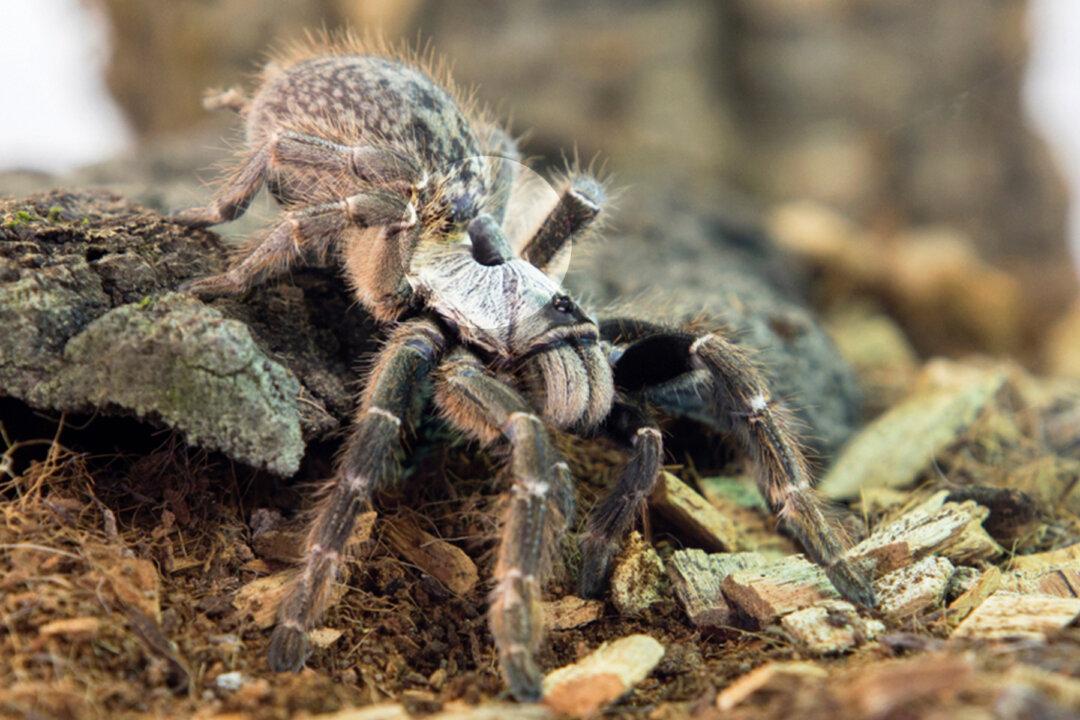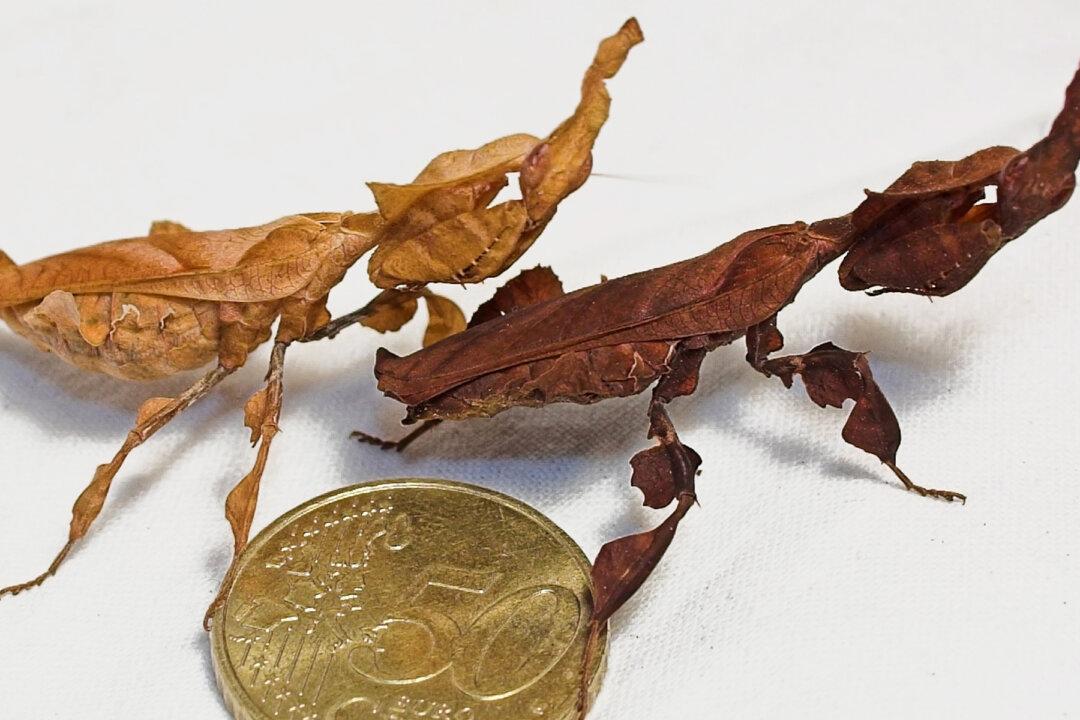A new species of tarantula was discovered in the southwestern African nation of Angola. What’s most intriguing about this new spider, called Ceratogyrus attonitifer, is the horn-like appendage protruding from its back. It belongs to the genus of Ceratogyrus (horned baboon spiders), yet scientists haven’t seen anything quite like this new species.
The researcher who discovered the horned tarantula, John Midgley, showed photos of the arachnid to Ian Engelbrecht, an expert on spiders, and he didn’t believe the pictures were real at first. “I knew then we had discovered a new species,” Midgley told National Geographic. “It’s rare to know you have something special so early in the process.”




